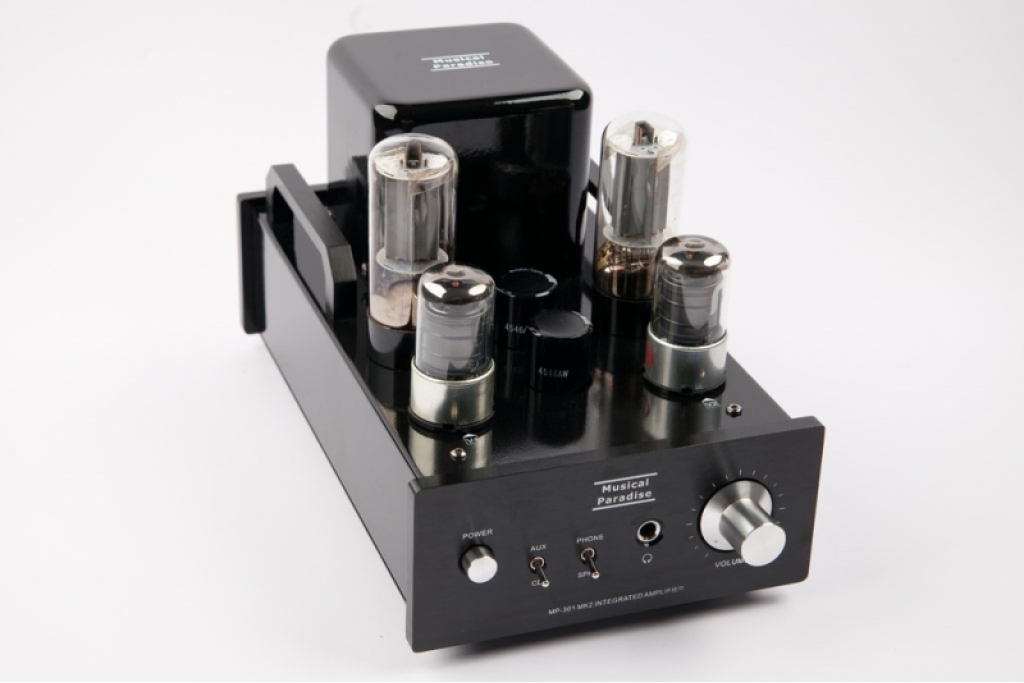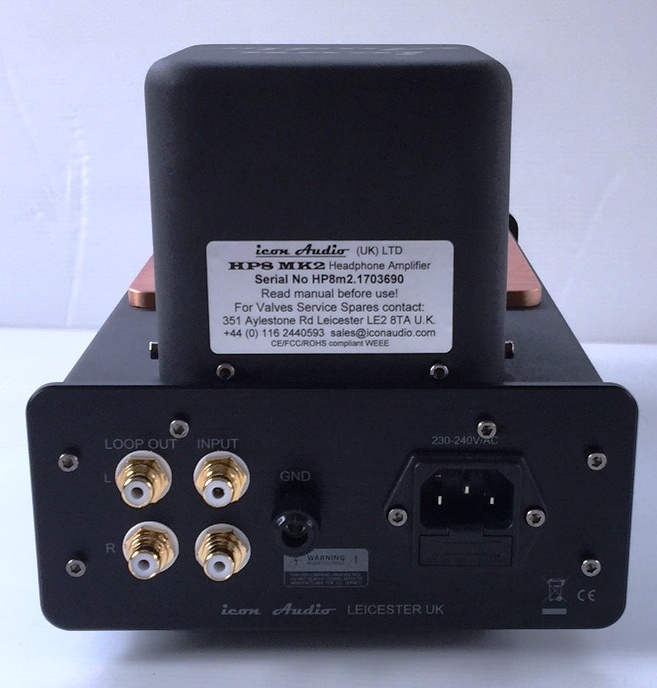

Amazing! Finally, makes a killer live amp backup in a pinch.

Also has RCA inputs for a CD player or ipod for jamming purposes. Oh, and its headphone output actually sounds good! Unlike that of the Torpedo Studio sadly. With the Torpedo, there was always a digital feel - certainly wonderful tone and very useable given what I was trying to accomplish, but I didn't want $2000 wrapped up in a track I was only using for monitoring purposes (I always reamp the direct guitar signal, split before the Rock Bug, after the session through my amps with real mics/preamps).Īnyway, for those who don't want to go down the IR road, the Rock Bug is it! Great price, great build, and great tone. It takes pedals like a good Fender clean channel, has a balanced DI out with lots of output gain so you don't need to waste a preamp on it, and tonally pairs perfectly with my Telecaster and Gretsch. Gotta say, though the tone of the Rock Bug isn't quite at the level of a Milkman Creamer into Torpedo, for simple studio monitoring purposes while tracking live with my pedalboard, it's bloody fantastic and feels better under the fingers than the tube amp>Torpedo solution. Having previously owned the Two Notes Torpedo Studio for this purpose paired with my nice handwired tube heads, I've heard the best that current digital with IRs can offer in this regard.
#GEARSLUTZ REAMP WITH HEADPHONE OUT SIMULATOR#
I needed a simple, direct, preferably analog guitar amp/speaker cab simulator solution for recording situations where I can't use an amp in the room and am taking a direct line from my guitar into the recorder for monitoring purposes.

My canjam impressions, I really like these.I just picked up a used Carl Martin Rock Bug pedal, and am blown away by how good it is. I find the resolution negligible, but the grip on the base and the additional 2-3k create this sense of dynamics and realism that's really engaging. I heard the "less resolving" prototype, although I much prefer the realism on this.

Similar mid tone to hd580, less warm and the treble extension is quite obvious, the upper mids and presence aren't as emphasised. The timbre is on the faster side but the decay pans out slower than the hd800. Trying to listen for tonal issues, but I'm out of practice. Recorded classical music is listenable due to the upper treble extension and seperation The seperation isn't an unnatural difference in tone, but actual layering between instruments. Staging like a good headphone, similar seperation as hd800 without the diffuse feel Kick drums smack and then move into decay consistently, easy to tell apart from a snare drum The low level detail and dynamics out of these are terrifyingly realistic I'll be more careful when posting and include references as needed. I mention the HEDD in this thread because I was reading about RAAL in HF thread and saw mention of HEDD comparison and assumed they were similar technologies but I was wrong, sorry. HEDD headphone head engineer quoted explaining some of the tech and says they will release distortion curves, etc. Says prototype weighs around 8-900 gram, but rep said they are targeting 600gram and sub $2k price. Reviewer contrasts HEDD and Meze Empyream and says HEDD is like high-end HD650.ĭecentLevi with comparison mentions to RAAL and Rad-0 from Rosson Audio (made by a former Audeze member).: Summary: They are good but not totl but the highs are best.:


 0 kommentar(er)
0 kommentar(er)
